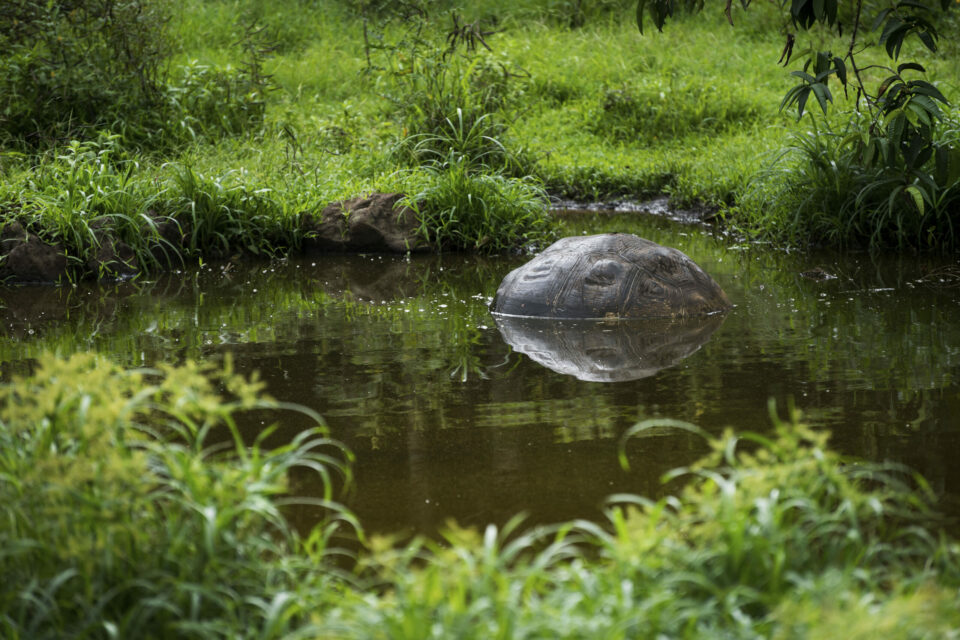

An interview with shark scientist Dr Diana Pazmiño
An interview with Diana Pazmiño, Galapagos-born scientist and BioBank Manager at the Galapagos Science Center.
In order to successfully carry out our projects in Galapagos, we work closely with partner organisations and conservation experts based in the region. Recently, we have been working with scientist and BioBank Manager at the Galapagos Science Center, Diana Pazmiño, on our Sharks Science Programme, which aims to protect sharks from overfishing in the waters surrounding Galapagos.
While much needs to be done in the short-term to address the adverse effects of commercial fishing in the region, it is also necessary to promote awareness of these issues amongst younger generations to ensure that conservation efforts are maintained in future. We asked Diana, a local of Isabela island, a few questions about marine wildlife in Galapagos and our latest educational project, Marti the Hammerhead Shark.
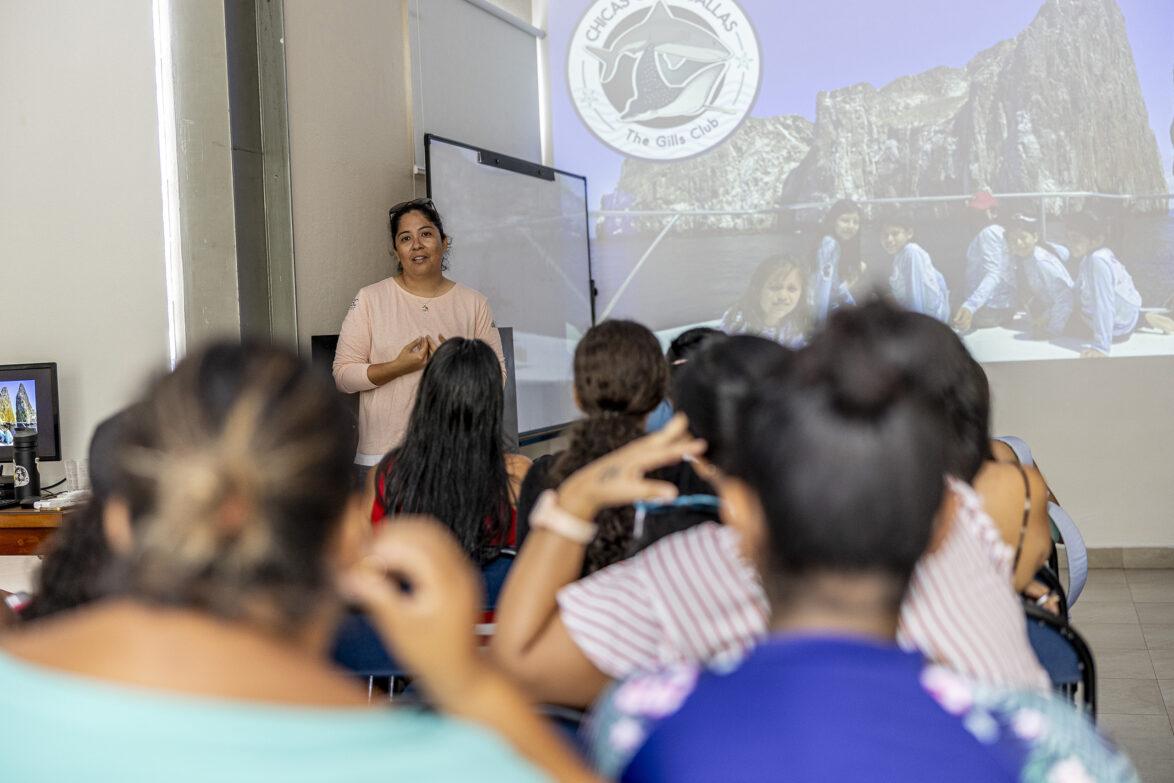
What is the most interesting encounter you have had with marine wildlife in Galapagos?
That is a hard question. I think every snorkelling and diving trip here is very unique. But if I had to pick one, I would say probably swimming with giant manta rays and with [spotted] eagle rays. I think these creatures are amazing, and we actually don’t know much about them here in Galapagos.
What do you think the biggest misconception about hammerhead sharks is?
I think a big misconception, not just for hammerheads but for sharks in general, is that they can recover very easily. We don’t understand how hard it is for them or how long it takes for sharks to grow and reproduce. If we stopped putting pressure on them right now, it may still take them decades to recover.
How have conservation efforts to date positively impacted wildlife in Galapagos? Is there a particular example/species that reflects this?
I can think of many examples of positive impacts that conservation efforts have had here in Galapagos. They have helped populations of some species to recover and the first example that comes to mind is blacktip sharks. If you walk along the coast of Santa Cruz or Isabela at night, you’re likely to encounter a baby blacktip shark swimming around. This is something that was not possible 15 or 20 years ago. So it’s a clear example of how the population of this species has recovered and how easy it is to find them now.
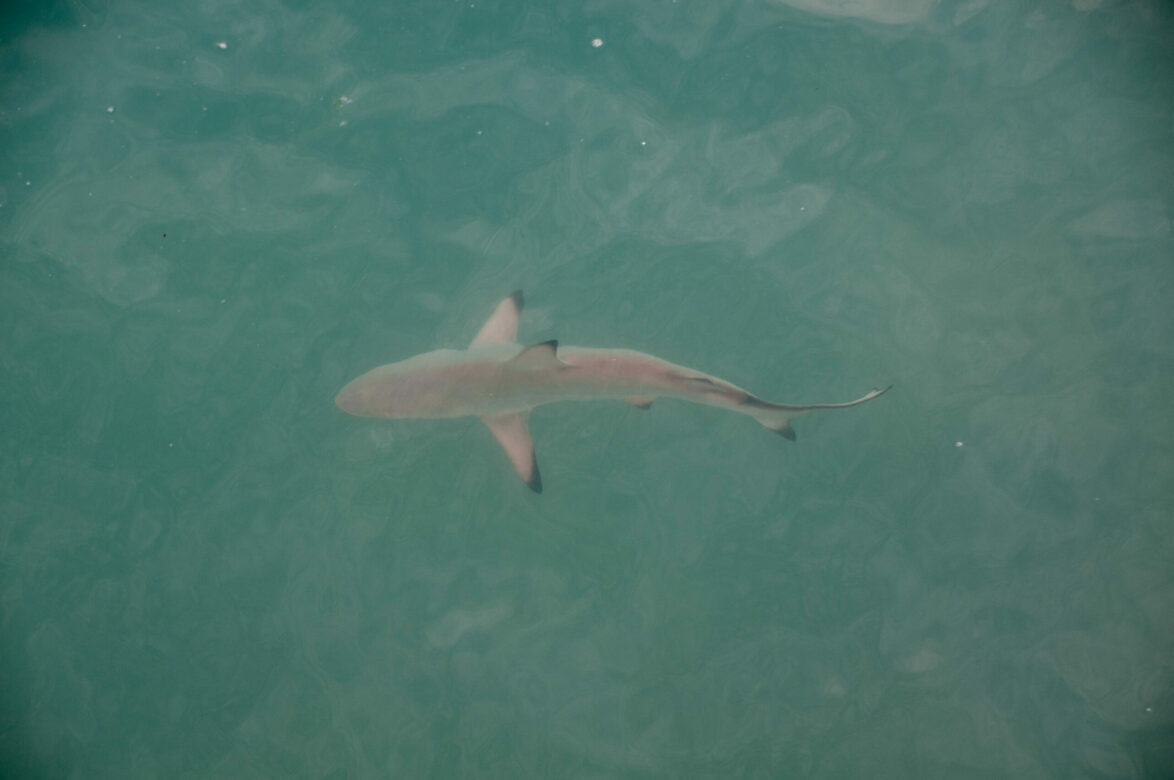
What kind of impact do you feel that educational initiatives such as the Marti storybook could have in promoting interest in conservation amongst future generations?
I am convinced that education is a key step in conservation. I think educating people of all ages on the importance of protected areas, especially for species that are highly migratory such as hammerheads and turtles, is essential to preserve all marine ecosystems. I think the storybook first of all breaks down this hard-core science into a more simple language, so everyone can understand what scientists are doing and why they are doing it. It also raises awareness of current challenges that marine life is facing such as overfishing. And this has enormous potential to change our mindset and encourage us to do our bit for nature.
I think a big misconception, not just for hammerheads but for sharks in general, is that they can recover very easily... If we stopped putting pressure on them right now, it may still take them decades to recover.
Related articles

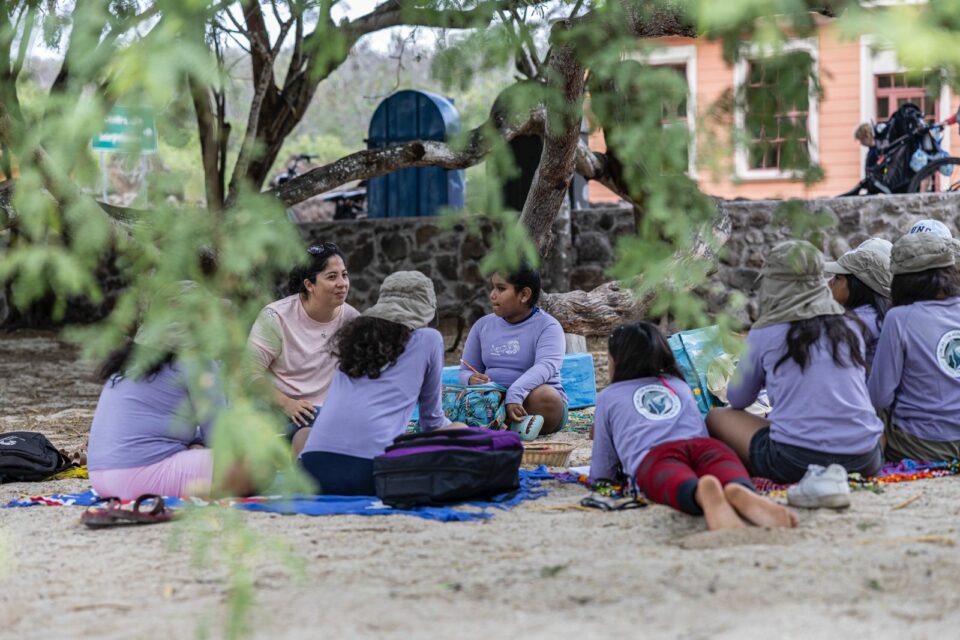
Gills Club: Empowering young women in Galapagos
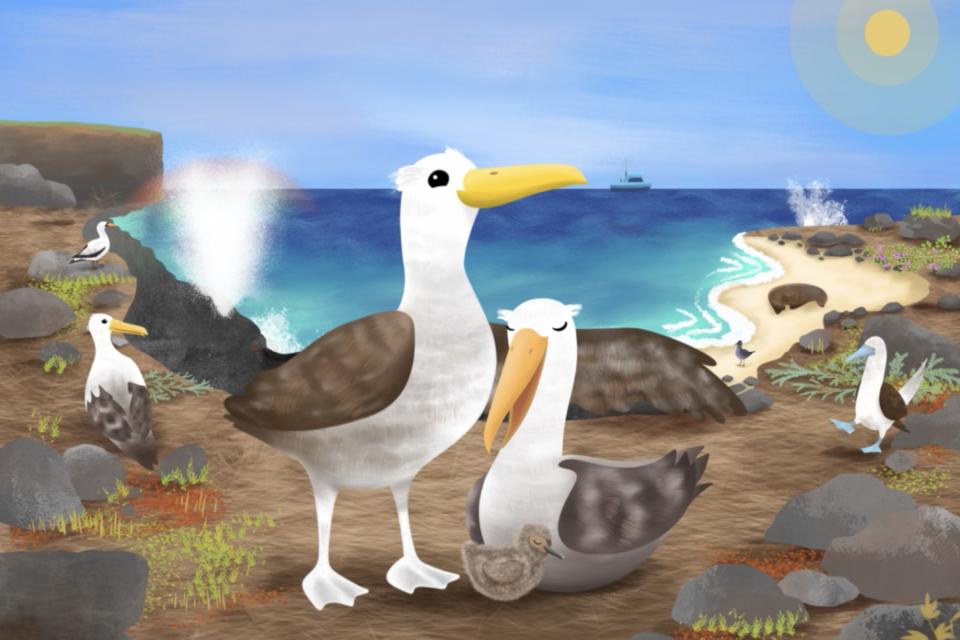
Meet the woman who brought Alberto the Waved Albatross to life


